13 Vintage Hairstyles That Took Hours But Lasted All Week
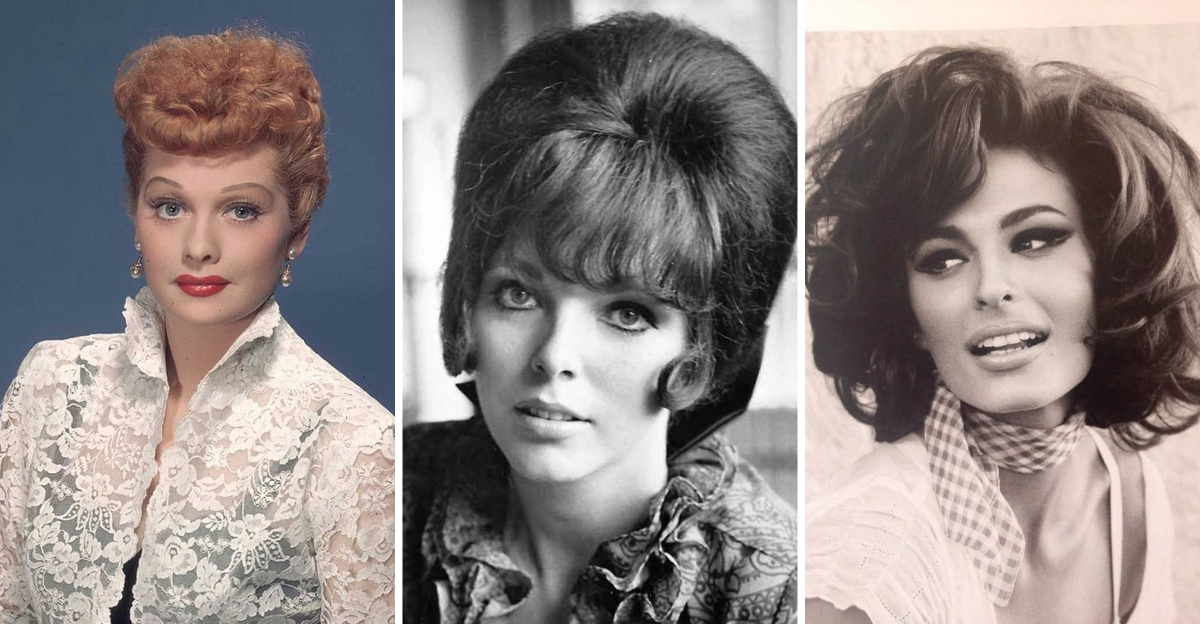
Remember when getting your hair done wasn’t just a quick trip to the salon but an all-day affair? Back in the day, it was a true ritual—one that involved setting hair in rollers, sitting for hours under a hooded dryer, and carefully teasing and spraying every strand into place.
Women invested time and effort because those vintage hairstyles were built to last. Once styled, your hair wouldn’t need a touch-up for days, sometimes even a week! From intricate pin curls and victory rolls to bouffants and beehives, these looks required serious skill and dedication.
Our grandmothers mastered the art of hair setting, often gathering in beauty parlors or doing each other’s hair at home. It wasn’t just about looking good—it was a social event, a bonding moment, and a source of pride. Those styles had staying power, both literally and culturally, and their charm still fascinates us today.
1. The Victory Roll

Rolled to perfection and named after the victory barrel roll maneuver performed by fighter pilots in World War II, this hairstyle became the symbol of 1940s glamour. My grandmother showed me photos of herself sporting these fabulous rolls, saying she’d sit for nearly two hours while her hairdresser pinned and sprayed.
The secret? Setting lotion, dozens of bobby pins, and enough hairspray to deplete the ozone layer. Women would sleep with scarves wrapped around their heads to preserve the shape. Despite the discomfort, a properly done Victory Roll could last from Sunday service through Friday night dinner.
Ladies would touch up the front rolls occasionally, but the core structure remained intact—a testament to both the hairdresser’s skill and the industrial-strength products of yesteryear.
2. The Beehive Updo

Towering toward the heavens like a sugary confection, the Beehive became the height of fashion (literally) in the early 1960s. Created in 1960 by Chicago stylist Margaret Vinci Heldt, this gravity-defying marvel required serious backcombing skills and enough hairspray to make environmentalists weep.
I once tried recreating my aunt Mildred’s signature beehive for a costume party. Three hours later, my arms aching from holding the teasing comb overhead, I had something resembling a lopsided bird’s nest. Aunt Mildred laughed and told me her weekly salon appointment took four hours, but she’d sleep sitting up for days to maintain it.
Women would cover their precious beehives with hairnets at night, careful not to crush their architectural masterpieces against the pillow.
3. Marcel Waves
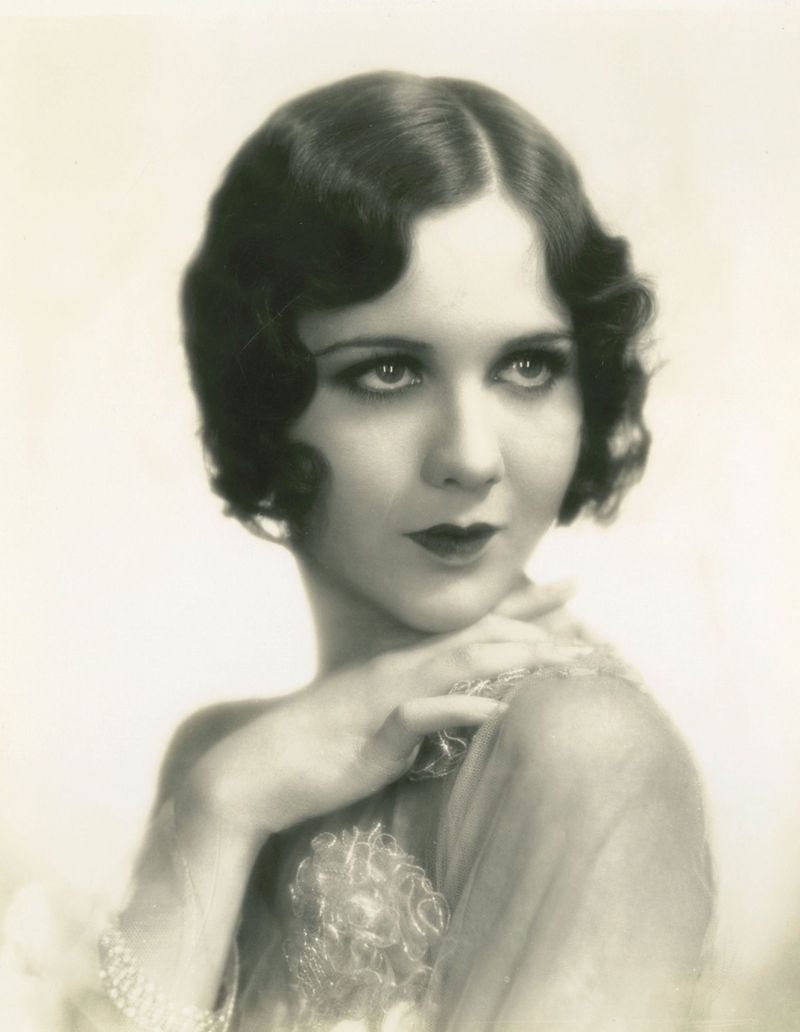
Sizzling hot irons created those perfect ripples that defined the Roaring Twenties flapper look. Marcel Grateau’s wave-making technique transformed straight locks into rhythmic undulations that framed faces with mathematical precision. My great-aunt Clara’s wedding photos showcase these magnificent waves that reportedly took her hairdresser three painstaking hours to perfect.
Women endured scorching hot metal waving irons pressed dangerously close to their scalps. No pain, no gain was certainly the motto! The payoff? A week of glamorous waves that turned heads at every speakeasy and social gathering.
Ladies preserved their Marcel Waves by sleeping on silk pillowcases and using wave clips at night. Some even wrapped their heads in strips of fabric, mummy-style, ensuring those precious waves stayed put until the next expensive salon visit.
4. The Pompadour Pouf
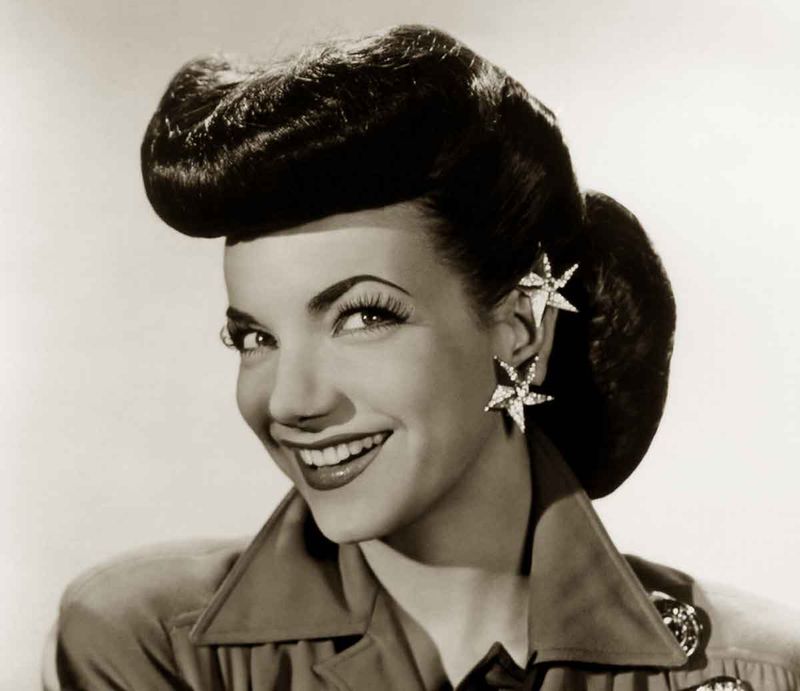
Skyscraper hair wasn’t invented by Elvis! Named after Madame de Pompadour, King Louis XV’s fashionable mistress, this style reached new heights (ha!) in the 1950s. The front hair was teased, rolled, and swept upward and back, creating a voluminous crown that screamed confidence.
Crafting the perfect pompadour was no small feat. My mother recalls her older sister spending Saturday mornings with her head bent over, brushing her hair forward before the epic backcombing session began. The family wasn’t allowed to use the bathroom mirror for hours while the architectural wonder took shape.
Once set with industrial-strength hairspray, women protected their poufs with scarves when outdoors and shower caps that resembled small tents. The style easily lasted through a week of sock hops and soda fountain dates.
5. Gibson Girl Updo
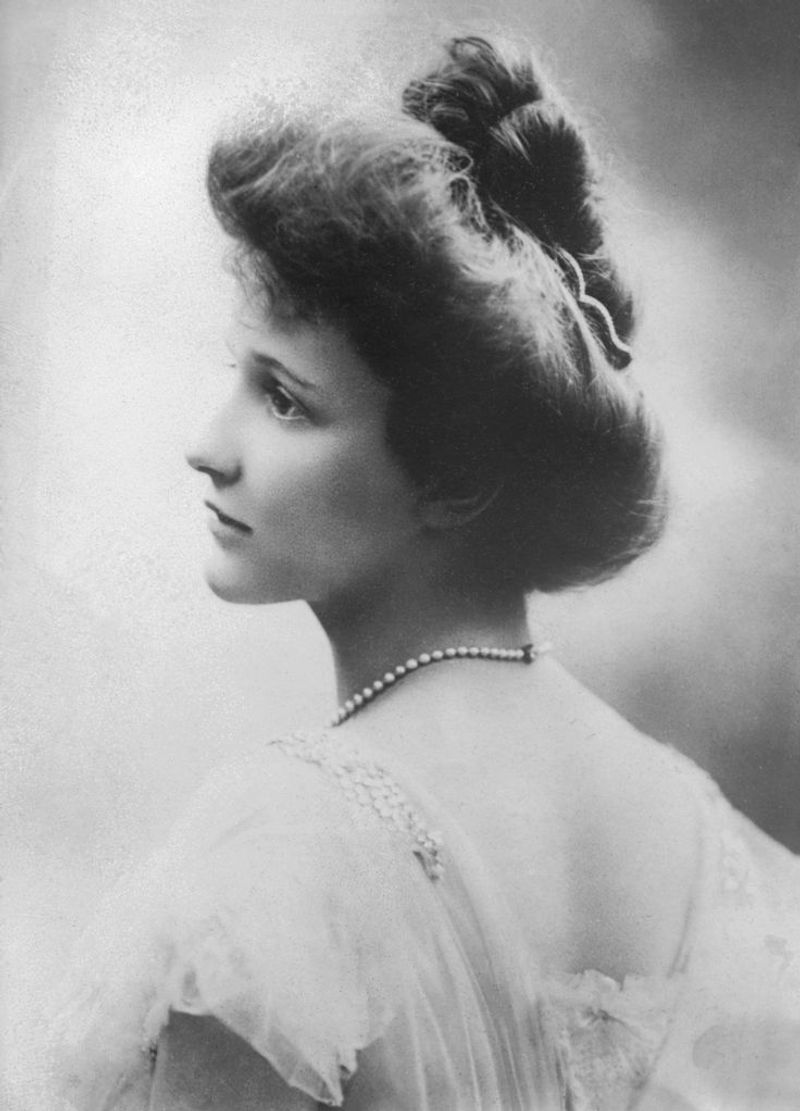
Voluptuous hair piled high atop the head defined the Gibson Girl era of the late 1800s and early 1900s. This romantic, slightly disheveled updo gave women an air of carefree elegance that belied the hours of meticulous styling required. Charles Dana Gibson’s illustrations popularized this look, making it the equivalent of today’s Instagram hair trends.
Creating this masterpiece required long, thick hair (often supplemented with hair rats—pads made from saved hairbrush combings). My grandmother’s cousin allegedly had a morning ritual lasting two hours, involving countless hairpins and a special horsehair brush passed down through generations.
The effort paid dividends in longevity. With minimal touch-ups, the Gibson Girl updo remained intact through a week of tea parties, piano recitals, and bicycle rides (yes, they somehow managed that without destroying their hairstyles!).
6. The Finger Wave
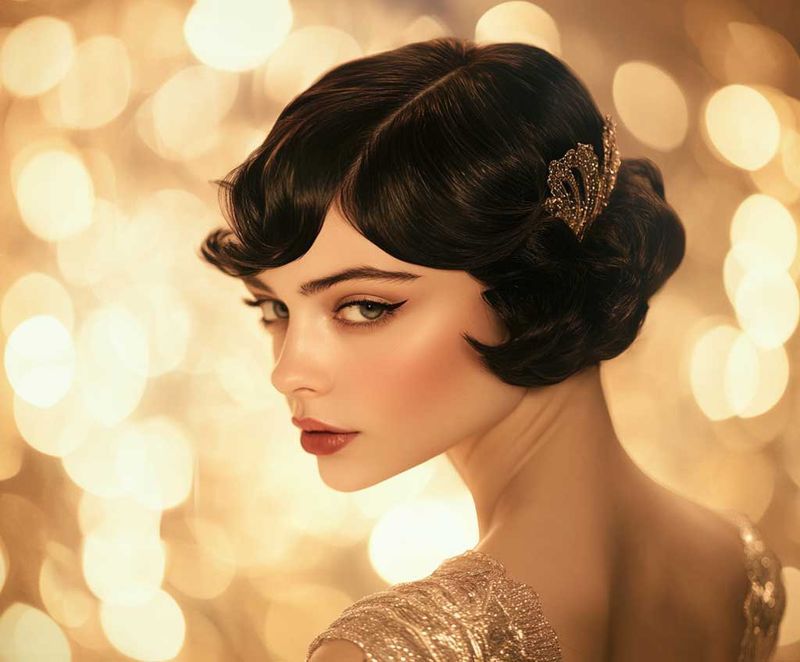
Sculptural and precise, finger waves emerged in the 1920s as the perfect style for the newly fashionable bobbed haircuts. Hairdressers would apply setting lotion to damp hair, then use combs and fingers to create these distinctive S-shaped waves plastered close to the head. The result? Pure geometric perfection.
My grandmother’s beauty school graduation photo shows her sporting these immaculate waves. She told me stories of clients sitting under dryers for three hours after the painstaking wave-setting process. The style demanded absolute stillness while drying—no reading, no chatting—just sitting statuesque under the hood dryer.
Worth every minute of discomfort, finger waves would last through an entire work week. Ladies maintained them with sleeping caps and avoided touching their hair at all costs, treating their coiffures like delicate museum exhibits perched atop their heads.
7. The Ducktail Flip
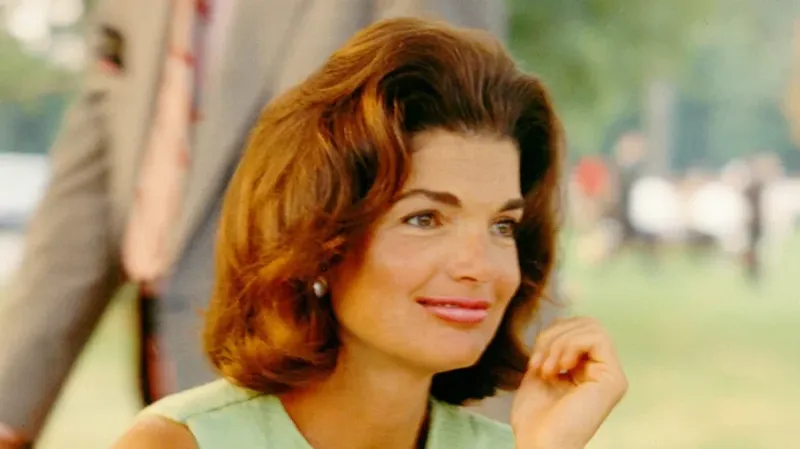
Flipping fabulous! The 1960s brought us this sassy style where hair was teased at the crown and curved outward at the ends like a duck’s tail. Jackie Kennedy made it sophisticated, while everyday women embraced this perfectly flipped phenomenon for its surprisingly practical staying power.
Creating the perfect flip required strategic roller placement—larger rollers for the ends, smaller ones for the crown. My mom’s yearbook shows her sporting this look, achieved through weekly 3-hour salon appointments where she’d gossip under the dryer while her hair set into that characteristic curve.
Women preserved their flips by sleeping on their backs or using special pillows with neck cutouts. Some even wrapped toilet paper around the flipped ends at night, securing them with bobby pins. The morning routine involved just light brushing and a spritz of hairspray—proof that sometimes beauty doesn’t have to hurt daily!
8. Poodle Cut
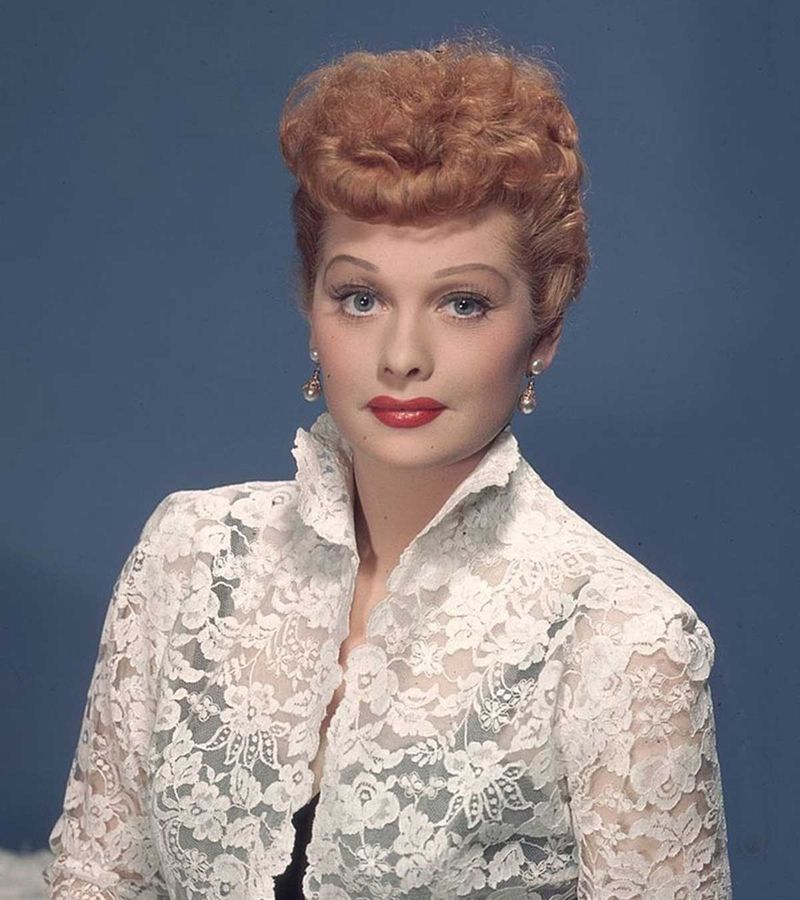
Woof! The Poodle Cut of the 1950s had nothing to do with dogs and everything to do with tight, short curls covering the entire head. Lucille Ball rocked this style, inspiring women nationwide to embrace these springy curls that framed their faces like fluffy halos.
Achieving poodle perfection meant enduring tiny perm rods wound tightly against the scalp. My aunt Dotty still talks about the chemical smell and scalp-burning sensation during her monthly perm sessions. After three hours of processing and another hour under the dryer, she’d emerge with curls tight enough to bounce a penny off.
The beauty of the poodle cut? Those curls didn’t budge for weeks. Women would simply fluff them with their fingers each morning, apply a bit of pomade to control frizz, and be on their merry way. No daily styling needed—just a quick refresh with a pick comb and they were good to go!
9. Sausage Curls
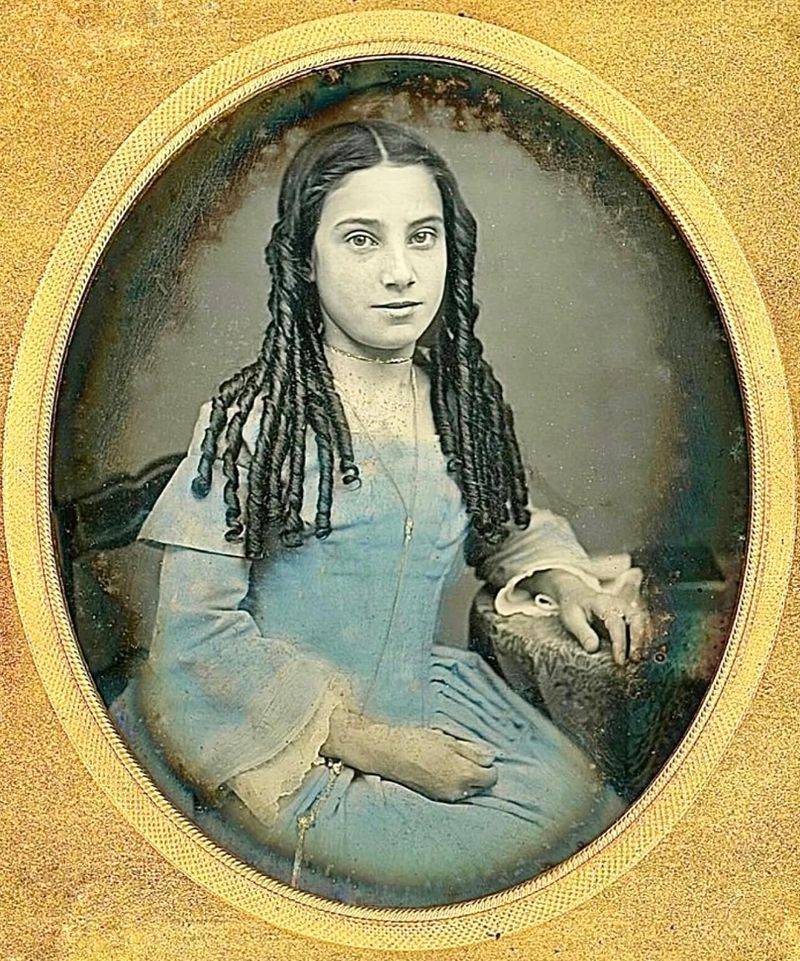
Bouncy, tubular curls reminiscent of breakfast links adorned the heads of Victorian and Edwardian ladies. These perfectly uniform ringlets required an arsenal of specialized tools, including heated curling rods wrapped with paper to prevent scorching. Ladies with sausage curl aspirations needed tremendous arm strength or helpful maids!
My great-grandmother’s diary describes the weekly ritual of heating iron rods in the fireplace before carefully wrapping each section of hair. The process could take an entire afternoon, with constant vigilance required to avoid burning one’s ears or scalp.
Once set, these curls had remarkable staying power. Women would sleep in curl papers or pin their ringlets carefully to their heads at night. The morning routine involved gentle separation of the curls with a bone comb and perhaps a touch of pomade to control frizz—then off they went with their perfectly spiraled tresses.
10. The Italian Cut
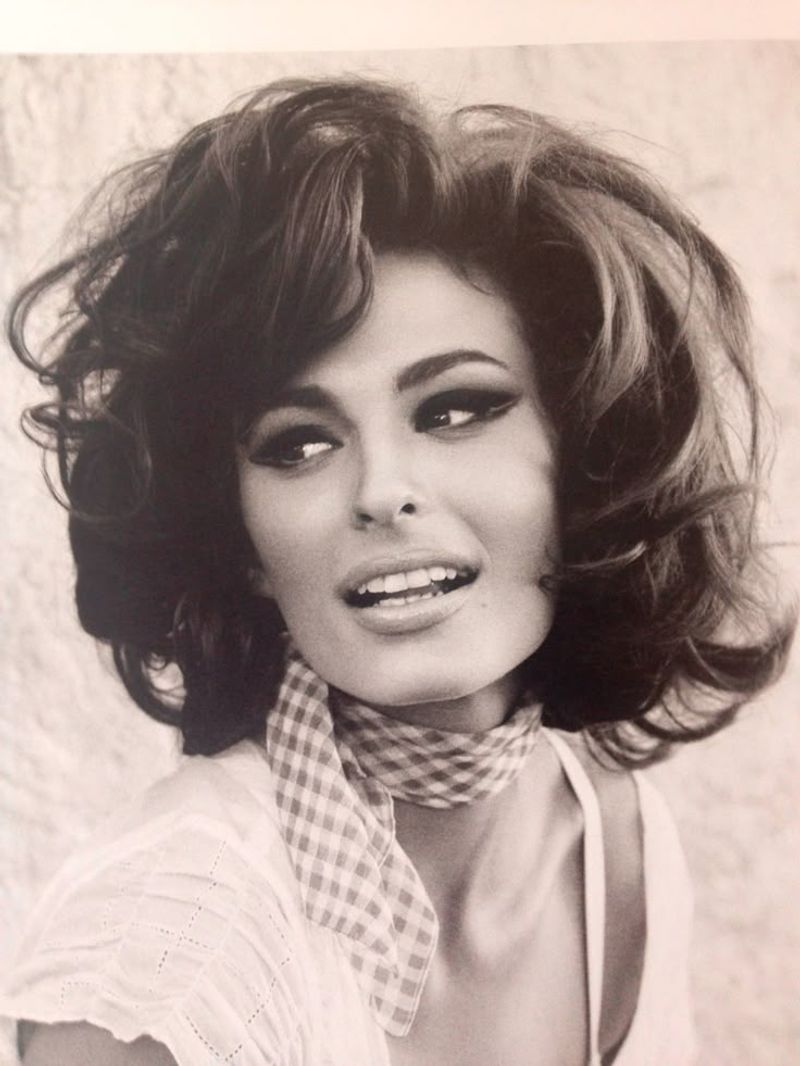
Mamma mia! The Italian Cut of the 1950s and early 1960s wasn’t just a haircut—it was a lifestyle statement. This short, layered style featured voluminous waves on top with the sides and back hugging the head. Think Sophia Loren meets your neighborhood nonna, but make it glamorous!
Creating this Mediterranean marvel required precision cutting followed by setting dozens of tiny rollers in alternating directions. I found my mother’s old hair diary where she tracked her salon visits—each Italian Cut styling session lasted approximately 2.5 hours, including 45 minutes under the dryer.
The payoff came in weeklong wear. Women would wrap their heads in chiffon scarves at night, carefully arranging their hair to maintain those crucial waves. Morning maintenance involved just a quick fluff with fingertips and perhaps a strategic bobby pin or two. Italian nonnas everywhere approved of this practical yet chic solution!
11. The Pageboy

Smooth, shoulder-length hair with perfectly turned-under ends—the Pageboy epitomized 1940s sophistication. Veronica Lake made it famous with her peek-a-boo variation, but everyday women embraced this style for its elegant simplicity and remarkable longevity.
Creating the perfect Pageboy curve required enormous brush rollers—the kind that made sleeping a medieval torture exercise. My aunt Helen’s beauty routine included Wednesday night roller sessions, where she’d set her hair in these mammoth cylinders, secure them with long metal clips, and somehow attempt to sleep.
The result? A smooth, curved style that lasted until the next week’s washing. Women maintained their Pageboys with satin bonnets at night and avoided humidity like the plague. Those with naturally curly hair faced additional challenges, often resorting to straightening products containing ingredients that would horrify modern safety regulators. Beauty was pain, but at least it was weekly pain!
12. The French Pleat
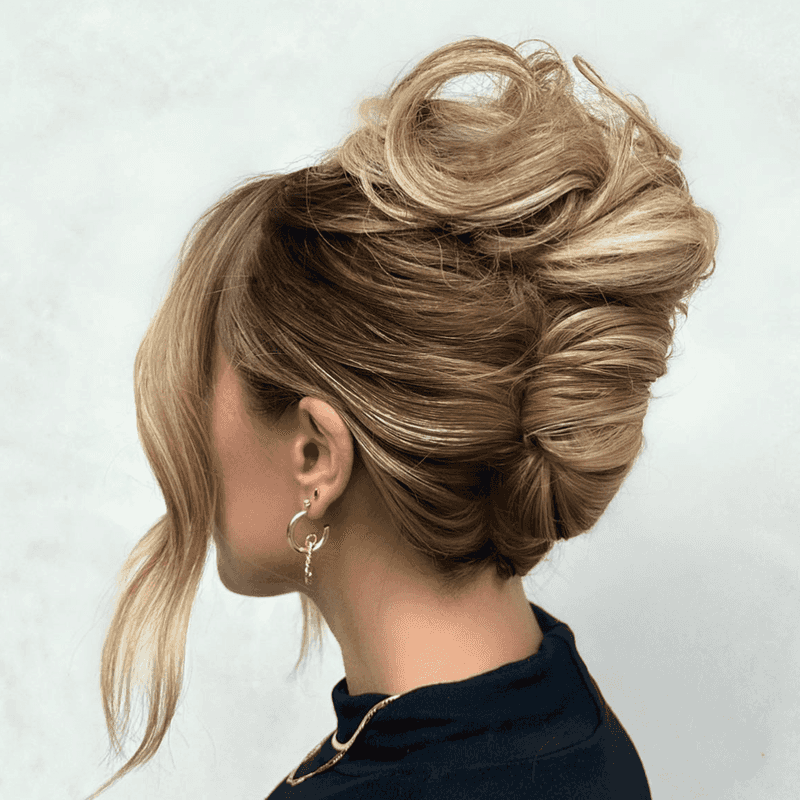
Ooh la la! The French Pleat (or French Twist) transformed ordinary locks into extraordinary elegance with its smooth vertical roll. Audrey Hepburn made it iconic in ‘Breakfast at Tiffany’s,’ but our grandmothers were rocking this sophisticated style long before Holly Golightly sipped coffee outside that famous jewelry store.
Creating the perfect pleat required considerable skill with long hairpins and a tail comb. My mother recalls watching her aunt execute this style every Sunday morning before church, twisting and pinning with surgical precision for nearly an hour. The finishing touch? A liberal application of hairspray that created a shellac-like finish.
Once set, this architectural marvel could withstand five days of normal activities. Women would refresh the front sections with a bit of water and reset them with small rollers if needed. At night, they’d carefully position their heads on pillows to avoid crushing their magnificent creations.
13. The Bouffant Bubble
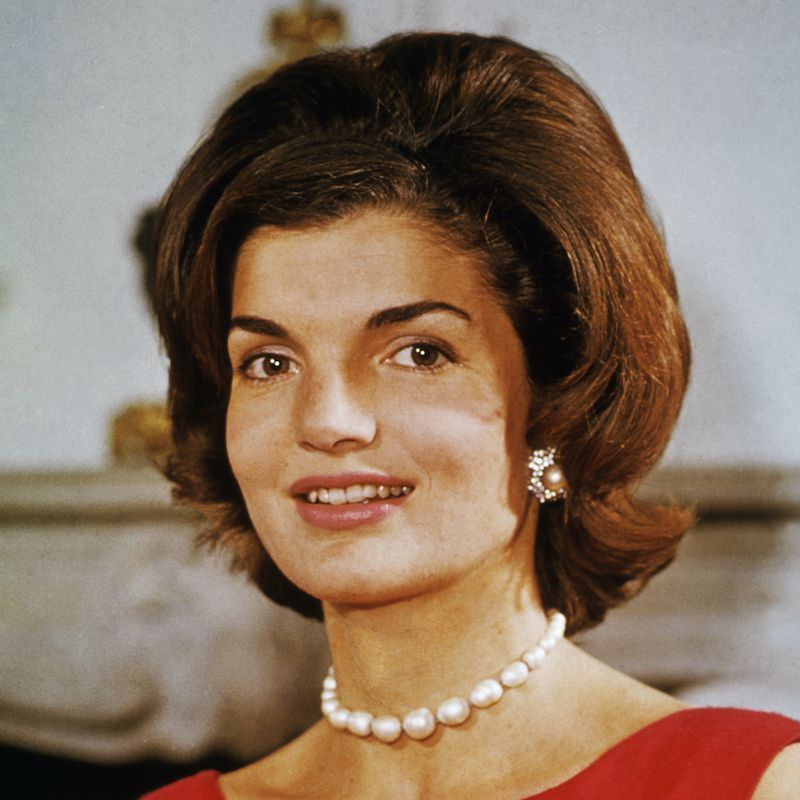
Bigger was definitely better when it came to the Bouffant Bubble of the 1960s! This rounded, voluminous style created a perfect hemisphere of hair that defied gravity and common sense. First Ladies from Jackie Kennedy to Lady Bird Johnson sported variations of this look, making it the epitome of proper yet fashionable styling.
Creating this architectural wonder required Olympic-level backcombing skills. I found my grandmother’s old beauty appointment book—her weekly “bubble” appointments lasted three full hours. The stylist would tease the hair into a tangled nest, then carefully smooth the outer layer to create that perfect dome shape.
Women preserved their bubbles by sleeping on special pillows or using elaborate nighttime wrapping techniques involving hairnets and scarves. The morning routine was minimal—just a light fluffing and strategic reapplication of hairspray. The style could easily last through a week of PTA meetings, bridge club gatherings, and dinner parties!
